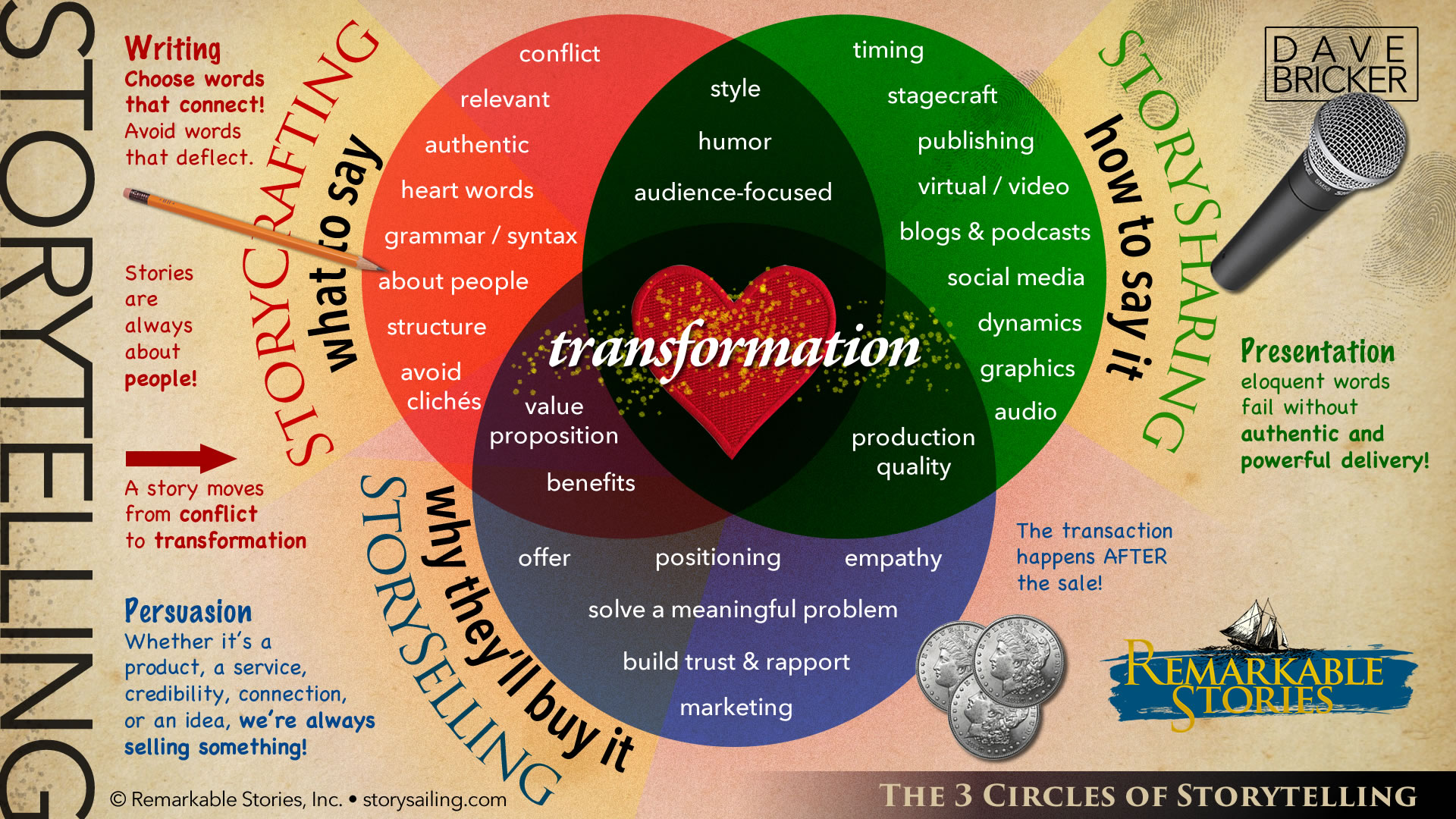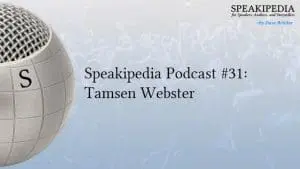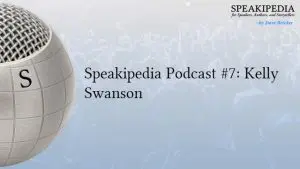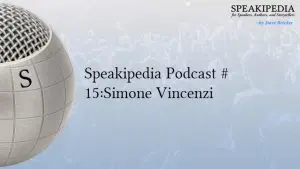You may already have explored the golden rule of storytelling: Stories are always about people.
The StorySailing® model breaks story structure into four elements.
The CAST Call formula helps with creating stories that influence and persuade.
The Three Circles of Storytelling offer another way to break down a narrative.
Imagine three overlapping circles with “transformation” in the center. Transformation is still the goal. Our presentation should aim to deliver a result, an outcome, a benefit.

To accomplish this, think about a message from each of the three circles: What to say, how to say it, and why they’ll buy it.
“What to say” has to do with choosing the right words, correct use of language, and focusing on people instead of on prices, processes, ingredients, or data.
“How to say it” has to do with dynamic delivery. Do we include slides or graphics? Should this message be a speech or a printed article?
And the third circle is “Why they’ll buy it.” Though that can refer to money, your audience has to buy you as a credible source of ideas. They have to buy the idea that your message has value to offer. How is your message motivating? What will make them want it?
Just as the three circles overlap, you’ll find messaging elements that belong in two or even all three circles.
For example, building a message around a relevant conflict is related to “what to say” and also to “why they’ll buy it.”
Production quality impacts “how to say it.” A great message will go nowhere with weak delivery but that also affects “why they’ll buy it.”
How can you use the three circles to your advantage?
As I created this post, I asked myself What to say?
I created the 3 circles model and mapped out how it works.
I asked how to say it. In this case, I created a graphic, a script, and a video presentation. A different message might have been better suited to a book or a workshop.
I asked while you’d buy it. I could have talked about the 3 circles into my phone camera, but II made the production high-quality so you’d see me as a source of serious, well-thought-out ideas.
And instead of bloviating about academic concepts, I offered examples and suggestions that will empower you to get value out of the 3 circles model when you craft your own messages.
Who wouldn’t buy that?





